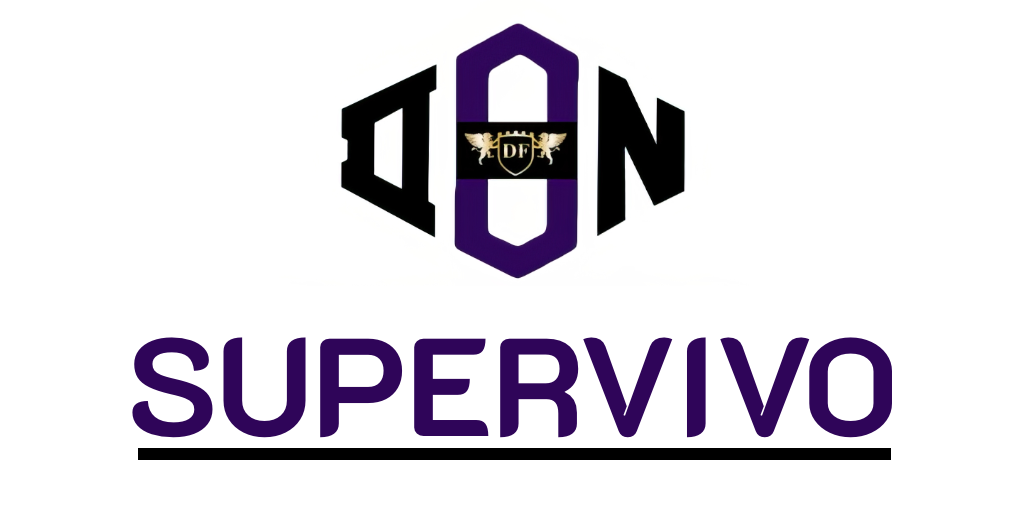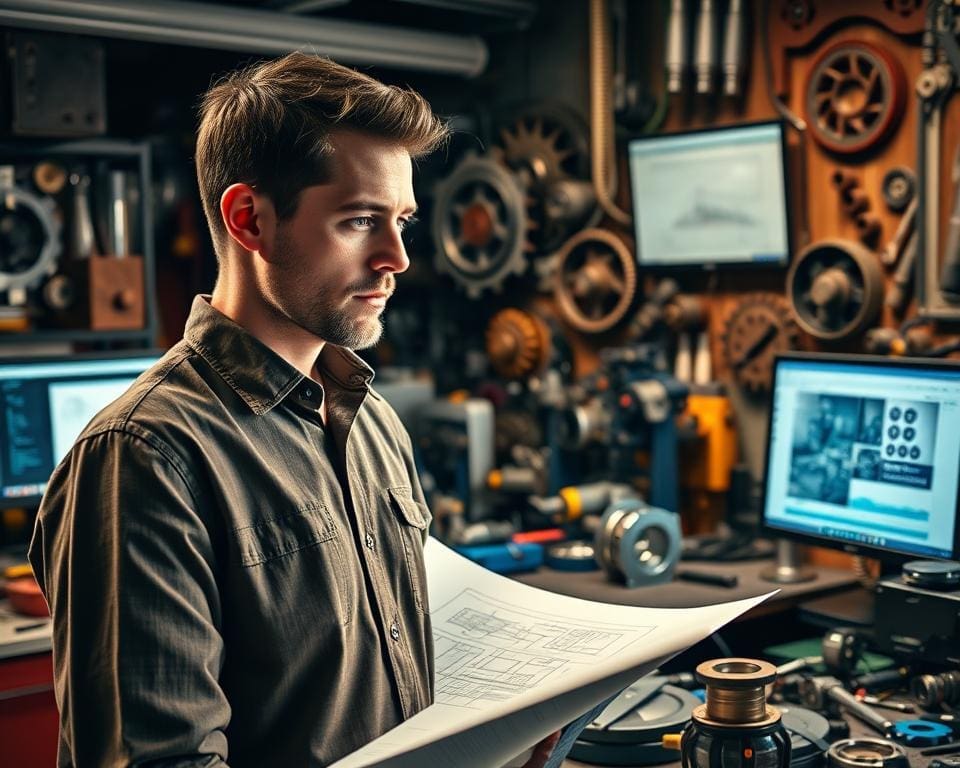In the realm of mechanical engineering in the UK, the role of a mechanical design engineer is pivotal. What truly defines a good mechanical design engineer goes beyond mere technical proficiency. It encompasses a unique blend of engineering skills and personal attributes that significantly influence the efficacy and safety of countless products. According to the Institution of Mechanical Engineers, professionals in this field wield the power to shape innovative solutions that tackle complex challenges. The qualities of a mechanical design engineer include analytical thinking, creativity, and strong communication skills, all of which culminate in the mastery of mechanical design. As we delve deeper, we will explore how these characteristics forge the foundation for success in this dynamic discipline.
The Importance of Mechanical Design Engineering
The importance of mechanical design in today’s engineering landscape cannot be overstated. Mechanical engineers play a vital role in creating products that not only function well but also meet safety and reliability standards. Their expertise is essential in various industries, including automotive, aerospace, and consumer electronics.
Comprehensive understanding of engineering principles allows mechanical engineers to address complex challenges. They ensure the engineering impact of their designs is both innovative and practical. Through effective mechanical design, engineers strive to reduce production costs while improving overall efficiency, leading to enhanced user satisfaction.
In the pursuit of product design integrity, mechanical engineers are tasked with maintaining high standards throughout the design process. This integrity not only ensures that products meet regulatory requirements but also aligns with the growing demand for sustainability and innovation in the UK.
As industries evolve, the role of mechanical engineers becomes increasingly crucial. They guide advancements that shape the future of manufacturing and engineering practices. With a focus on both functionality and sustainability, mechanical design engineering stands as a cornerstone of modern technological development.
Key Skills and Qualities of a Mechanical Design Engineer
In the realm of mechanical design engineering, a blend of essential skills and qualities determines success. Primarily, analytical skills in engineering form the foundation for effective problem-solving abilities. Engineers often confront intricate scenarios that require a meticulous analysis of both data and systems. This analytical approach not only aids in identifying flaws but also enhances the overall design quality.
Furthermore, strong decision-making in design is crucial. Mechanical design engineers must evaluate the implications of their choices, weighing cost, materials, and functionality. They are tasked with synthesising information from various sources to arrive at practical solutions. This intricate process of design necessitates a balance between creativity and technical knowledge, ensuring designs are innovative yet feasible.
The significance of these skills extends beyond mere technical functions. They foster an environment of continuous improvement and innovation, enhancing the engineer’s capacity to address issues proactively. As the field evolves, the integration of new technologies and methods further relies on these core competencies, ensuring engineers remain at the forefront of industry advancements.
What makes a good mechanical design engineer?
In the realm of mechanical design engineering, creativity in engineering often stands as a pivotal skill that distinguishes exceptional professionals from their peers. A good mechanical design engineer embraces a mindset aimed at exploring and understanding complex problems, thus developing innovative design solutions that significantly impact project outcomes.
Engineering creativity involves blending technical knowledge with imaginative concepts. This fusion of disciplines serves to drive the development of products that not only meet functional requirements but also enhance user experiences. For instance, companies like Rolls-Royce and Dyson continually rely on their engineering teams to harness this creativity, resulting in state-of-the-art technologies and products that are market leaders.
By thinking outside conventional boundaries, engineers can identify opportunities that foster enhanced efficiency and lower costs. Such a perspective inspires breakthrough functionalities that not only satisfy existing market demands but also anticipate future trends. The art of engineering is indeed about transcending traditional limitations to unearth novel possibilities.
Ultimately, the modern mechanical design engineer must embody the spirit of invention, demonstrating a commitment to evolving in the face of challenges. With every new concept, the realm of engineering creativity enriches, paving the way for solutions that inspire and ignite progress in the industry.
Educational Background and Professional Qualifications
Becoming a successful mechanical design engineer begins with a solid educational foundation. Most aspiring engineers pursue a mechanical engineering degree from a recognised institution. This degree equips them with essential theoretical knowledge, practical skills, and a comprehensive understanding of mechanical systems.
In addition to obtaining a degree, many engineers seek to meet specific engineering education requirements that enhance their career prospects. These requirements often involve gaining professional engineering qualifications such as Chartered Engineer status from reputable organisations like the Institution of Mechanical Engineers (IMechE).
Further educational endeavours, such as master’s degrees or industry-specific training, can refine expertise and foster continuous professional growth. The pursuit of these qualifications not only demonstrates commitment but also keeps professionals competitive in an ever-evolving field.
Experience and Practical Knowledge
In the realm of mechanical design engineering, experience serves as a foundational pillar for success. Engineering experience acquired through internships in mechanical design, apprenticeships, or co-op programmes allows emerging professionals to apply theoretical concepts in tangible settings. This hands-on engagement is invaluable as it bridges the gap between classroom instruction and practical application.
Employers often place a high value on candidates who possess practical skills in engineering. These skills not only demonstrate a candidate’s ability to navigate real-world challenges but also enhance confidence and competency in the field. Exposure to projects under the mentorship of established engineers further refines these capabilities, ensuring that the knowledge gained is relevant and applicable.
A robust engineering experience shapes an engineer’s perspective, fostering innovative thinking and problem-solving aptitude. As they engage in simulations and real-time project work, they cultivate a mindset that embraces change and adapts to evolving industry standards. Investing time in internships in mechanical design truly transforms comprehension into expertise, preparing aspiring engineers for the demands of their careers.
The Role of Collaboration in Mechanical Design
Collaboration stands as a fundamental pillar in the field of mechanical design. Engaging in interdisciplinary collaboration allows engineers to harness a variety of insights and expertise from different domains. This synergy not only facilitates the pooling of knowledge but also enhances the overall quality of output.
In the realm of teamwork in engineering, engineers often find themselves collaborating alongside electrical engineers, software developers, and product managers. This cross-functional teamwork cultivates a more comprehensive approach to problem-solving, resulting in innovative and practical solutions. By fostering an environment where diverse ideas can flourish, projects benefit immensely from shared creativity and insights.
Mechanical design teamwork inspires a culture of learning and adaptability, crucial for addressing complex challenges. As engineers work collectively, they exchange feedback and critique, sharpening their skills and enriching their perspectives. In this collaborative atmosphere, team members cultivate a sense of ownership and commitment, propelling projects towards successful completion and driving engineering advancements.
Future Trends in Mechanical Design Engineering
The future of mechanical design is set to be transformed by emerging technologies in engineering that promise to redefine the landscapes of product development. Innovative tools such as 3D printing and artificial intelligence are not merely enhancing traditional methodologies but are serving as the catalyst for revolutionary design processes. As automation gains prominence, designers will find themselves shifting towards strategies that increase efficiency and precision in engineering tasks.
As highlighted by the Engineering and Technology Board, trends in mechanical engineering indicate a growing reliance on digital twinning and virtual prototyping. These advancements allow for extraordinarily accurate simulations of a product’s lifecycle, reducing waste and accelerating time-to-market. The ability to foresee challenges through realistic modelling will empower engineers to make informed decisions and fine-tune designs without the need for costly physical prototypes.
In addition to technological advancements, sustainability will become increasingly integral to design philosophies. Mechanical engineers will be compelled to minimise environmental impact while maximising resource efficiency. This shift towards creating eco-friendly products not only aligns with global demands for sustainable practices but also offers a unique opportunity for innovation within the industry. Embracing these trends will ultimately define the future of mechanical design and position engineers at the forefront of an evolving industrial landscape.









